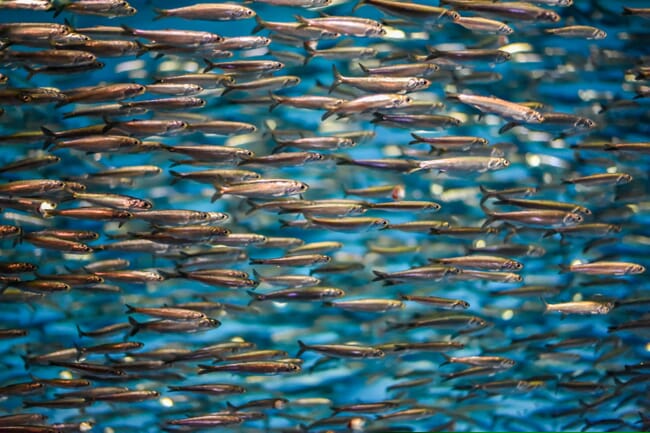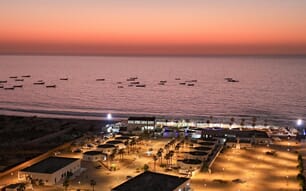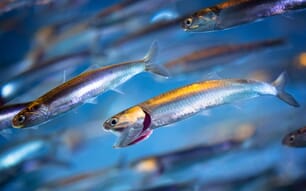
The countries sampled cover around 50 percent of the world's production of marine ingredients and can be taken as a proxy for global trends
In March 2022, the overall performance of the countries analysed in the IFFO report was in line with the 2013 to 2021 average for the same month. This sample of countries, based on the IFFO Membership, covers approximately 50 percent of the world's production of marine ingredients, and can be taken as a proxy for global trends. Overall, the raw material used in March 2022 by the countries considered in this report was 6 percent lower when compared to the same month in 2021.
In terms of fishmeal, India, the Iceland/North Atlantic area and the African countries were the only regions considered in this report which increased their cumulative production during the first three months of 2022.
In terms of fish oil, the US, the Northern European area and the African countries were the regions that reported a year-over-year increase.
“This is mainly due to a slow start in Peru, as the quota granted in the last quarter of 2021 was almost completely landed by the end of 2021. Usually, part of the quota is fished in January, and sometimes even in February.” explains Dr Enrico Bachis, IFFO’s Market Research Director.
China’s aquaculture season has started amid disruptions
The aquaculture season started in April amid disruptions to nationwide logistics chains caused by the enforcement of a zero-Covid policy, lockdowns and travel restrictions. Unstable weather conditions are having a negative effect on aquaculture in southern China, where farming activities are carried out all year long.
Fishing activities will resume in September. During the moratorium, marine ingredients production is majorly based on by-products from farmed species in South China. Imports of fishmeal appear to have decreased in the first quarter, following the international logistics crisis and a weakening domestic demand in the first quarter.
Other developments:
- Domestic prices of soybean meal nosedived as the supply improved. Demand of corn for feed purposes has been weakening in line with the difficulties faced by the pig sector,




